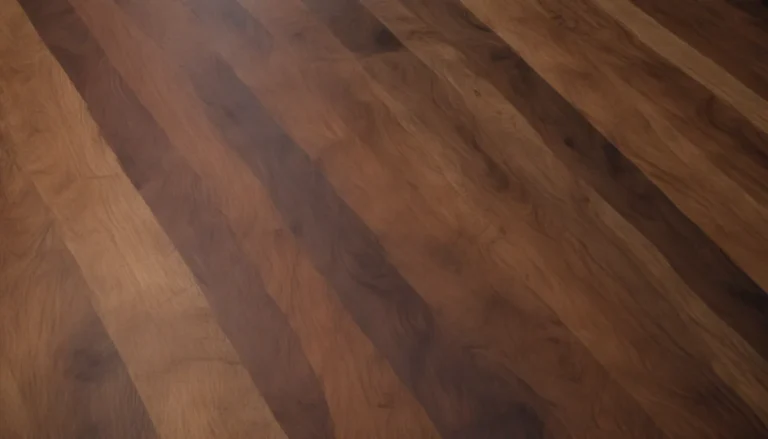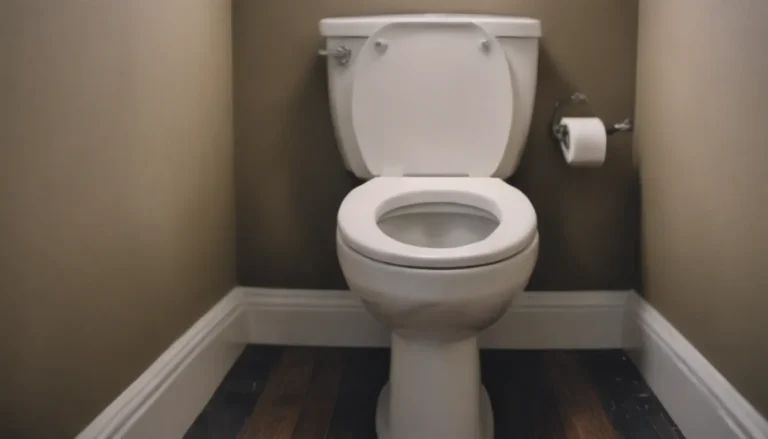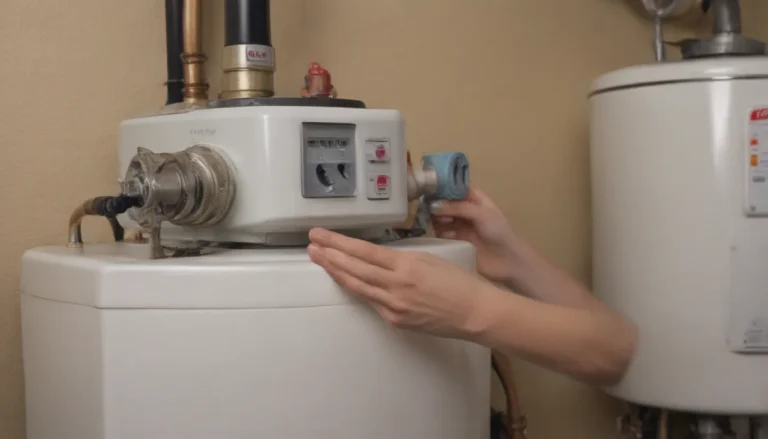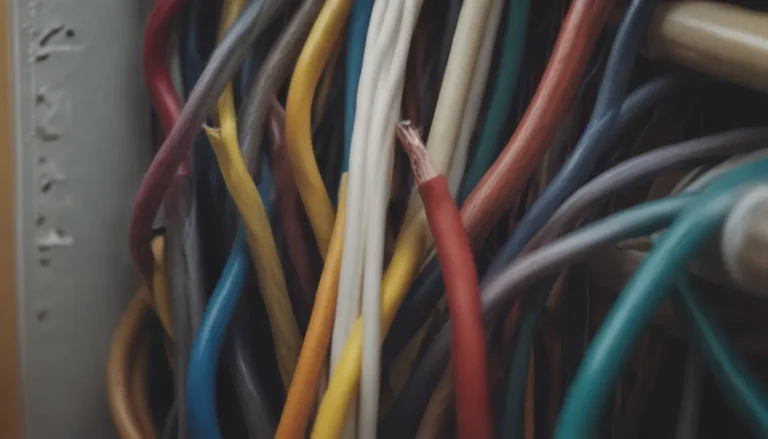A Comprehensive Guide to Garbage Disposal Parts Diagrams
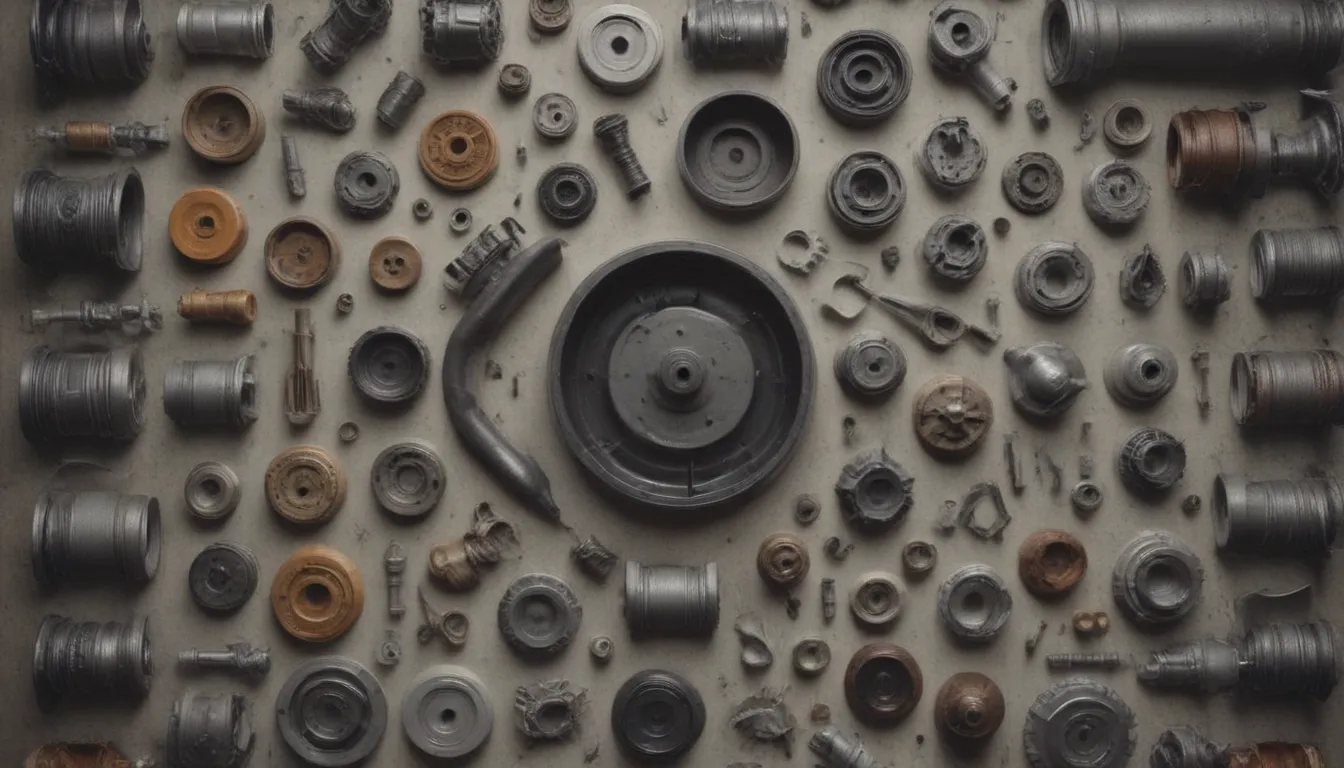
If you’re like most people, you probably don’t give your garbage disposal much thought until it suddenly stops working. With daily use in the kitchen, garbage disposals are essential appliances that can make meal clean-up a breeze. However, when something goes wrong, knowing how to troubleshoot and understand the different parts of your garbage disposal can be incredibly helpful.
The Anatomy of a Garbage Disposal
A garbage disposal is made up of various components that work together to grind up food waste and flush it down the drain. Understanding these parts can help you troubleshoot common issues and perform basic maintenance. Here are the main components of a garbage disposal:
- Hopper or Grinding Chamber: This is the large compartment where food waste is collected and ground up. It contains a spinning metal plate or flywheel that helps pulverize the food waste.
- Impellers and Grinding Ring: The impellers are metal teeth attached to the spinning plate that force food against the grinding ring. The grinding ring shreds the food into tiny pieces that can easily flow through the drain.
- Motor: The motor powers the spinning plate and impellers, typically operating at speeds around 1,790 rpm.
Garbage Disposal Dishwasher Connection
If your kitchen sink has a dishwasher, you’ll need to connect it to your garbage disposal for proper draining. Most garbage disposals come with an inlet pipe or nipple specifically designed for attaching a dishwasher drain hose. Here’s what you need to know about connecting your dishwasher to your garbage disposal:
- Plastic Knockout: When you buy a new garbage disposal, the dishwasher inlet is sealed off with a removable plastic knockout. You must remove this knockout before connecting the dishwasher drain hose. Use a screwdriver and hammer to pop out the knockout.
- Hose Clamp: Secure the dishwasher hose over the nipple on the garbage disposal with a hose clamp. Make sure it’s tight to prevent leaks.
- Reset Button: If your disposal stops working, check for a motor reset button on the underside of the unit. Press the button, then try turning on the disposal again. This can help reset the motor if it has overheated due to a jam.
Troubleshooting Your Garbage Disposal
Garbage disposals can encounter various issues over time, from jams to dull blades. Here are some troubleshooting tips to help you keep your garbage disposal running smoothly:
- Resetting the Motor: If your disposal stops working, try pressing the reset button on the underside of the unit. This can help reset the motor if it has tripped due to a jam.
- Removing Jams: Use a hex-shaped wrench or Allen key to move the impeller plate back and forth to loosen jams. Make sure the power is off before attempting this.
- Sharpening Blades: If your disposal blades have become dull, you can sharpen them by dropping ice cubes down the drain and running the disposal. This simple method can help maintain the efficiency of your garbage disposal.
Maintenance Tips for Extended Longevity
Proper maintenance is key to ensuring your garbage disposal lasts for years to come. Here are some tips to help you extend the lifespan of your disposal unit:
- Regular Cleaning: Clean your garbage disposal regularly by running water and dish soap through it to remove food residue and odors.
- Avoiding Hard Items: Avoid putting hard items like bones, fruit pits, and fibrous vegetables down the disposal, as they can damage the blades.
- Sharpening Blades: As mentioned earlier, you can sharpen the blades of your garbage disposal by running ice cubes through it.
By understanding the different parts of your garbage disposal and how to troubleshoot common issues, you can ensure that this essential kitchen appliance remains in top working condition. With proper maintenance and care, your garbage disposal can continue to make meal clean-up a breeze for years to come.
References:
Popa, Madison et al. Garbage Disposal. The University of Akron, 2018.

